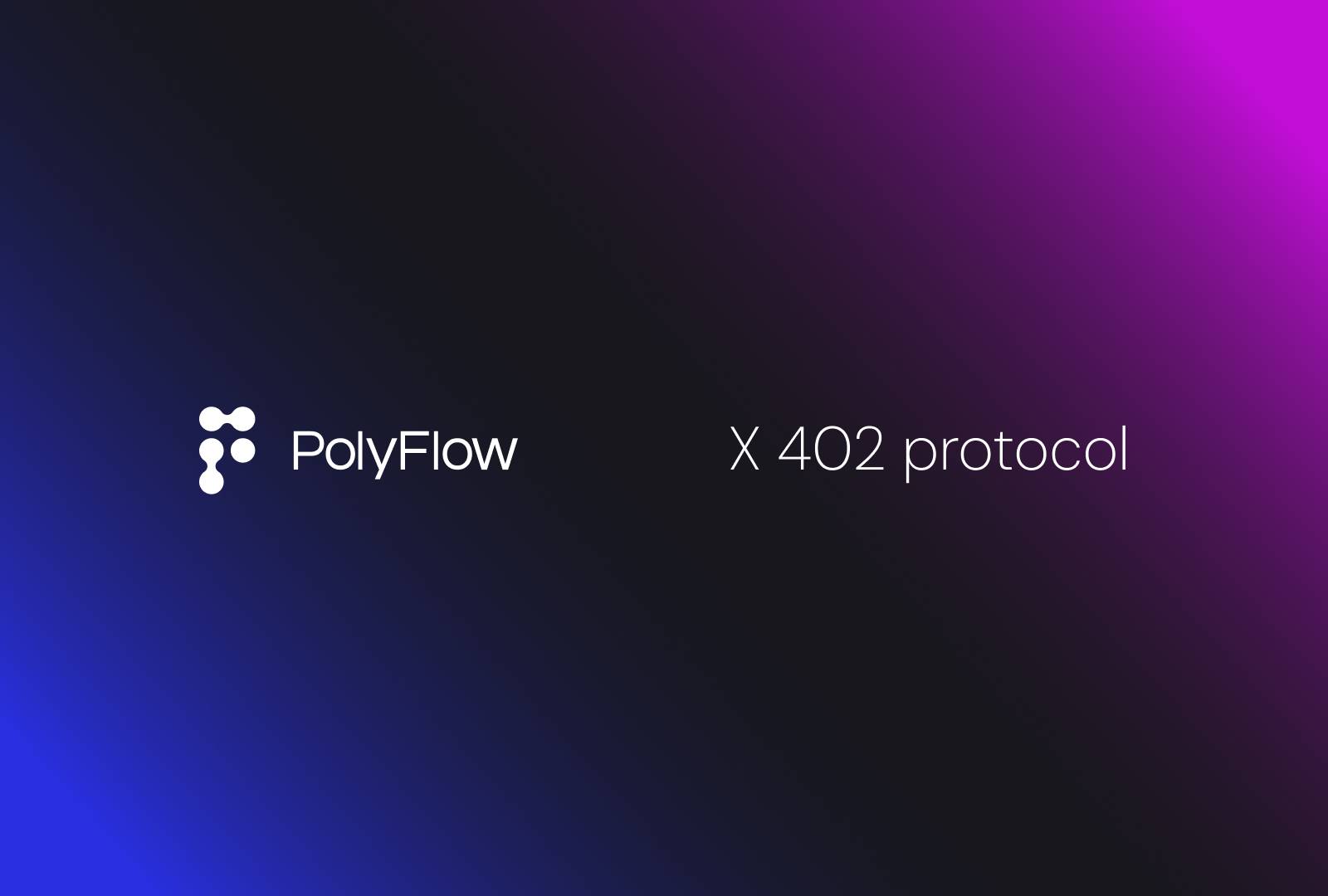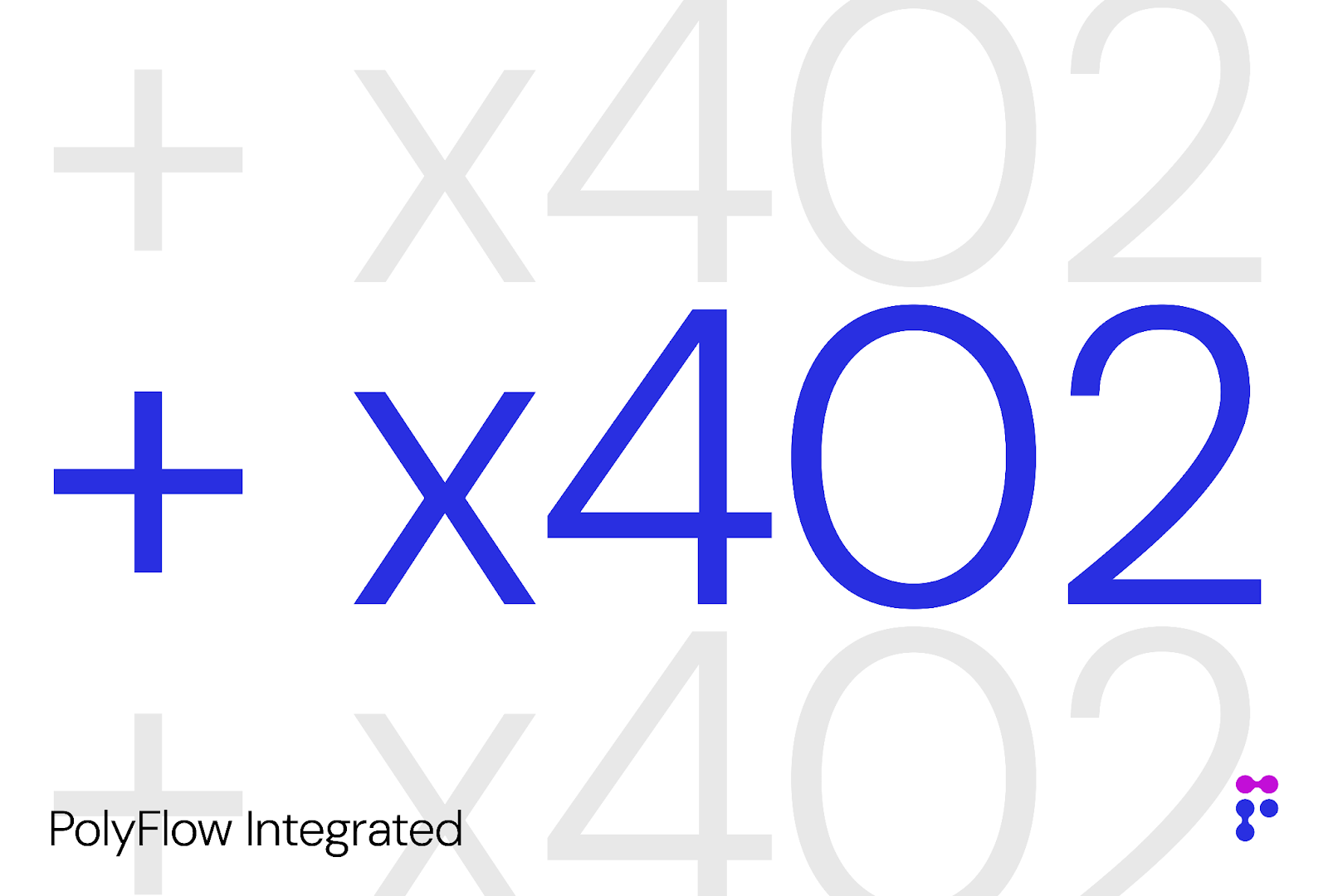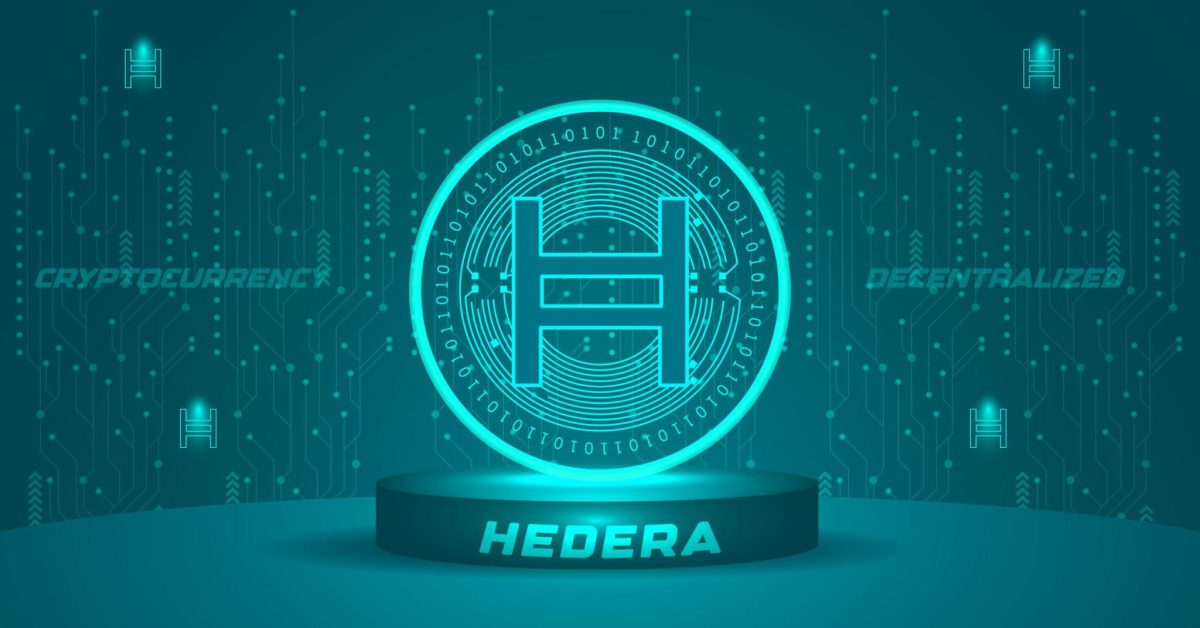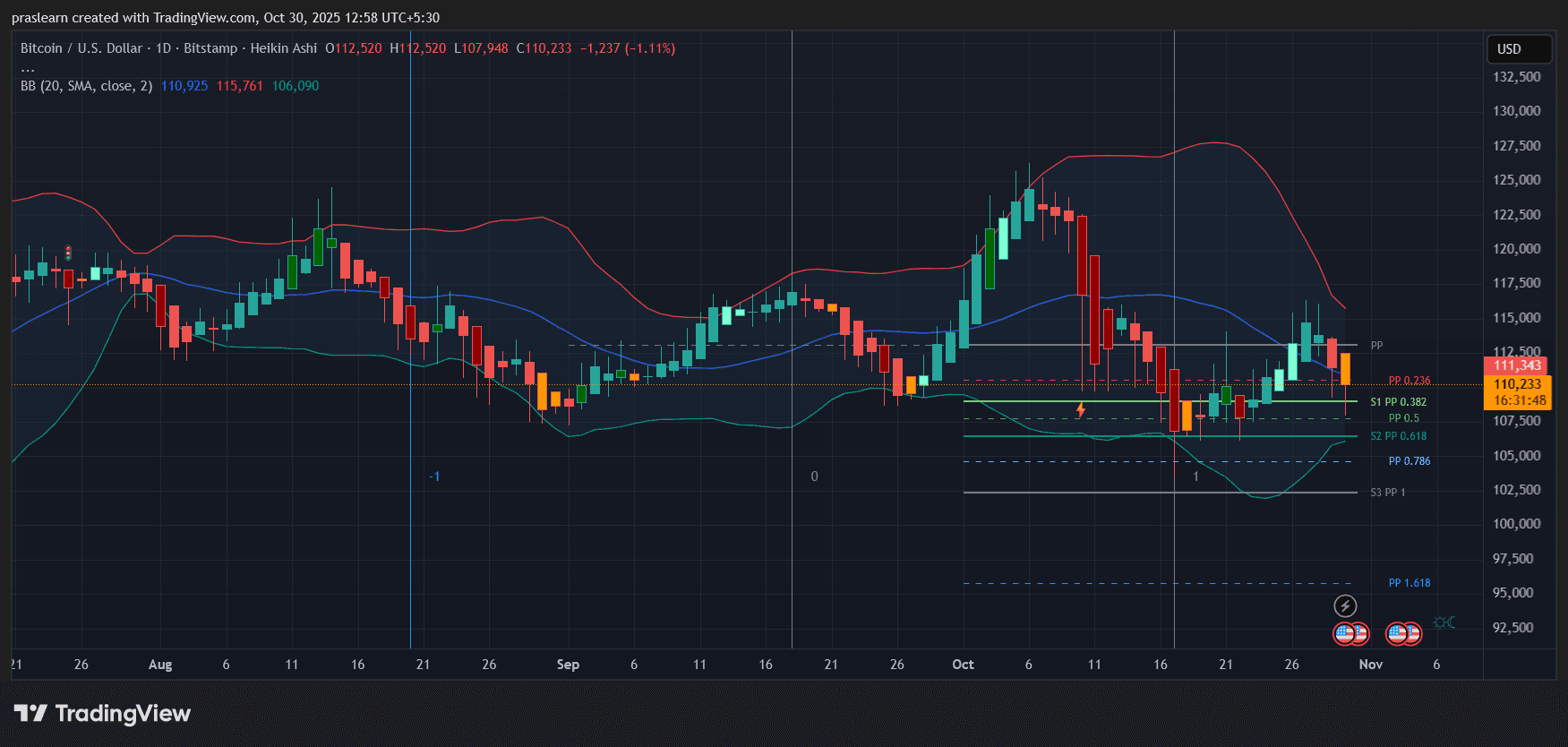Real-World Challenges of Stablecoin Payments
The real challenge of stablecoin payments does not lie in technology or compliance, but in "application scenarios." Demand always arises from scenarios—just as water only becomes precious in the desert. Looking back at the Web2 era, the rise of Alipay was not accidental, but deeply tied to the Taobao e-commerce ecosystem, solving the last-mile problem of "trust and fund flow" in online transactions.
Today, stablecoins have long surpassed the proof-of-concept stage. Whether they can reach the masses depends on one thing—real commercial circulation.
At PolyFlow, we are turning this concept into real ledger data:
Our stablecoin payment channels are settling Latin American soybeans and Asian electronic products with USDC;
Our Pelago Connect crypto network enables Shopify merchants to price in stablecoins and settle in fiat currency;
Our supply chain finance vault allows exporters to obtain working capital the moment a bill of lading is put on-chain.
Without these real transactions, stablecoin payments would be nothing more than empty hash rotations on the blockchain. The main battlefield today is still in person-to-person payment interactions, but a more explosive field is emerging—the payment interactions between AI Agents. Fortunately, PolyFlow has already completed key deployments in advance through its crypto payment gateway.

The AI Agent Economy Creates New Payment Demands
The AI Agent economy is opening up a whole new blue ocean of demand. Machines are evolving from tools into "digital customers"—capable of placing orders, negotiating, and making payments autonomously. Gartner predicts that by 2030, the total transaction volume directly or indirectly driven by these "machine customers" will reach 30 trillions USD. The World Economic Forum also forecasts that this market will grow from 7.8 billions USD in 2025 to 50.3 billions USD in 2030, with a compound annual growth rate of 45%.
As AI Agents become the main participants in transactions, payment systems must "learn the language of machines":
-
Second-level confirmation and high-frequency micropayments;
-
24/7 uninterrupted operation;
-
Condition-triggered automatic payment logic;
-
Plug-and-play global standards across jurisdictions.
Faced with these demands, traditional banking networks appear cumbersome and costly, while blockchain architecture and stablecoin-based internet payments are perfectly suited for this transformation.
From x402 Protocol to Crypto Payment Gateway
In September 2025, Coinbase and Cloudflare jointly launched the x402 open payment protocol, reviving the long-dormant HTTP status code 402—"Payment Required," officially opening the final gateway for native internet payments.
This protocol embeds blockchain and stablecoins into the communication layer, enabling low-cost, second-level transactions, allowing value to route freely across the network like data packets. x402 provides lightweight payment channels for machines and AI Agents, making micropayments a default underlying function of the internet.
However, x402 only solves the communication and transaction layer of payments. AI Agents still face challenges in fund custody, settlement, compliance, and multi-chain aggregation, which require a higher-level crypto payment gateway.
At this point, the revolutionary product driven by PolyFlow—Pelago Connect—takes the stage.
This gateway has now completed integration with the x402 protocol, supports multiple cryptocurrencies and blockchain networks, and provides AI Agents with low-cost, real-time settlement, and compliant, reliable payment solutions.
The traditional financial system requires KYC before account opening, but AI has neither passports nor social security numbers and naturally cannot open bank accounts. The PID module embedded in Pelago Connect implements Know Your Agent (KYA), binding Agent information to its user identity, laying the foundation for future AI–human interactions.
In addition, the integrated PLP module enables AI Agents to autonomously manage funds and compliance, possessing independent "wallets" and "cash flows."
Conclusion
With the advent of the intelligent era, the rise of AI is unstoppable. Once AI Agents have on-chain identities and accounts, they will truly possess property rights, ushering in a new era of payments that could exceed 10 trillions USD in scale.
The leader of this transformation is PolyFlow's crypto payment gateway, Pelago Connect, which is driving payments from "person-to-person" to a new era of "Agent-to-Agent."
PolyFlow's mission is to seamlessly connect traditional systems with the intelligent world through blockchain technology, gradually reshaping daily payments and financial activities, making every transaction more efficient and trustworthy—making every payment more meaningful.



